Learn about the common symptoms of SSD failure and how you can prevent it - ACE Data Recovery Article
Learn about the common symptoms of SSD failure and how you can prevent it
Solid State Drives (SSDs) are widely regarded as one of the most reliable and efficient storage solutions available today. However, like all technology, they are not immune to failure. SSDs can malfunction for a variety of reasons, from manufacturing defects to normal wear and tear, and they may even fail unexpectedly without any prior warning signs. In this article, we will discuss the warning signs that indicate your SSD is about to break down and fail, so you can take appropriate measures before it's too late. SSDs are faster, more stable, and consume less power than traditional hard disk drives (HDDs). However, they're not flawless and can fail before their expected lifespan of seven to ten years.
To prepare for eventual failure, learn how to recognize when an SSD is failing and how to protect your data.
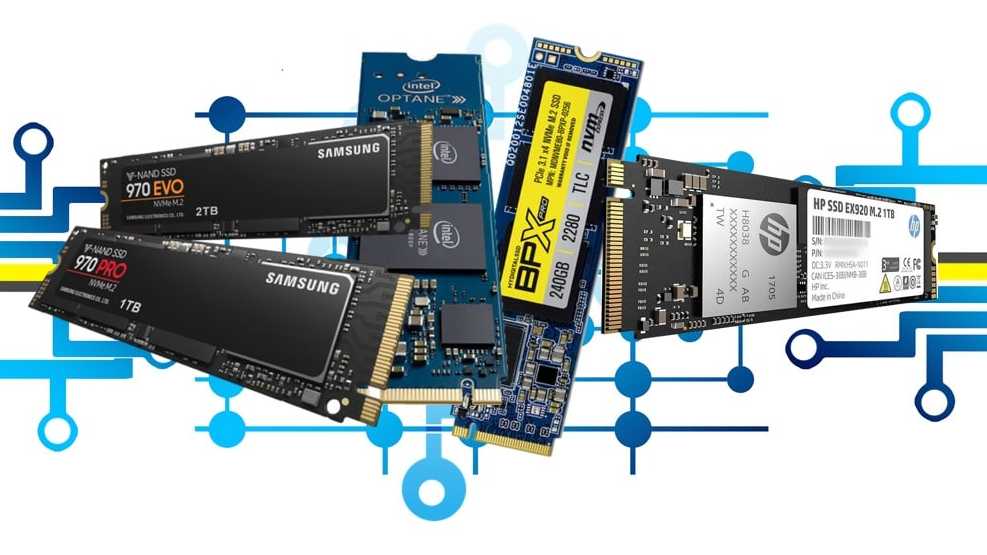
Warning Signs Your SSD Is Failing
Unlike HDDs, SSDs don't have physical moving parts, so they're not susceptible to old hard disk issues. However, other components, such as capacitors and power supplies, can malfunction, especially in the case of a power surge or failure. In fact, even if the drive itself hasn't failed completely, a power failure can cause existing data to become corrupt.
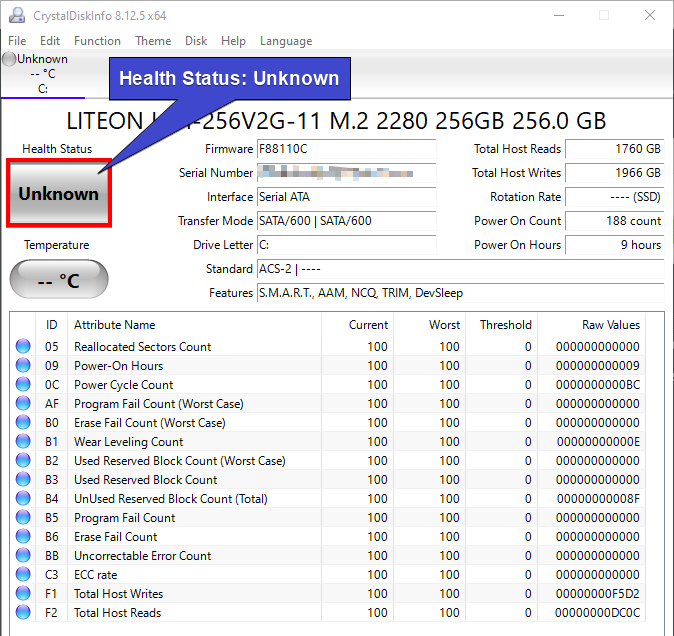
Additionally, SSDs have limited read/write cycles, which is an issue with all flash memory. Typically, SSDs should last many years, far longer than you'll need them, but it's still important to know when an SSD is nearing the end of its life so that you can upgrade.
Slow Read and Write Speeds
One of the most common warning signs of an SSD failure is a noticeable decrease in read and write speeds. If you have been using your SSD for some time and you notice that it takes longer to boot up your computer or load applications, it could be a sign that the drive is beginning to fail. You can use benchmarking software to check the read and write speeds of your SSD and compare them to the manufacturer's specifications. If the speeds are significantly slower than they should be, it could be an indication that your SSD is on the verge of failing.
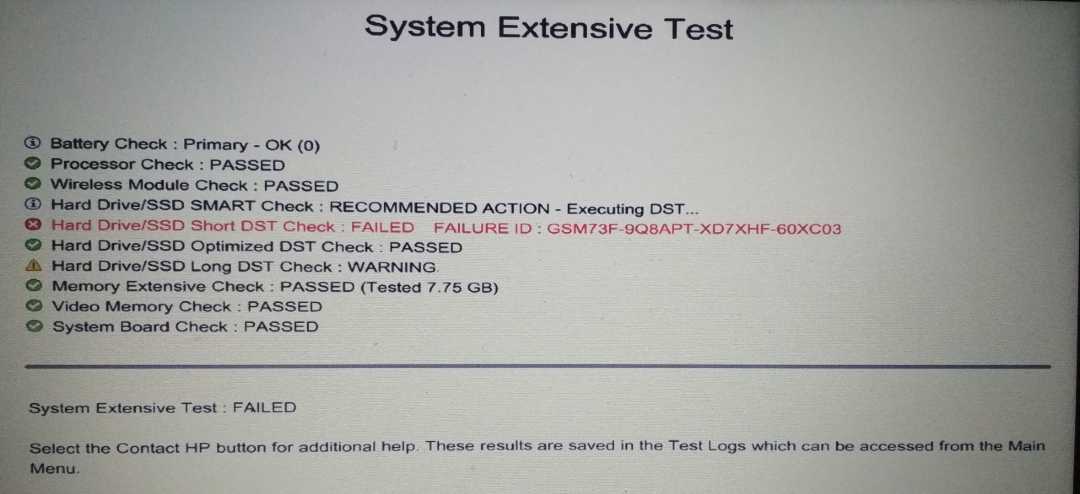
Bad Blocks Errors
One possible problem with SSDs is bad blocks, which are similar to bad sectors on HDDs. Symptoms of bad blocks include:
- A file cannot be read or written to the hard drive.
- Your PC/file system needs to be repaired.
- Active applications often freeze up and crash.
- Frequent errors while moving files.
- Random crashes.
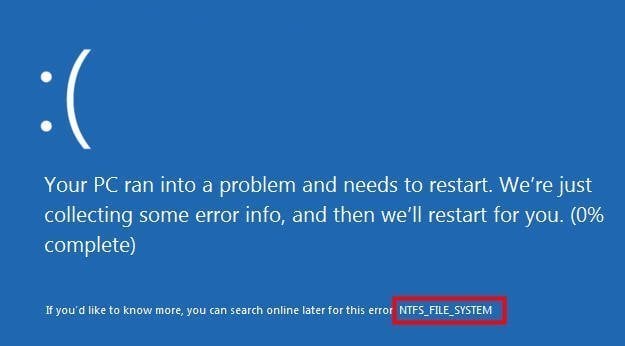
If you see any of these symptoms, run drive monitoring software to check the health of your SSD. If it shows signs of failure, back up your files right away and start shopping for a replacement SSD.
File System Errors or Crashes during Boot
Another sign of SSD failure is a file system error message. Unsafe shutdowns are one of the SSD health metrics that drive monitoring tools track. Windows, macOS, and Linux have built-in repair tools for a corrupt file system. If you see this error message, follow the steps to repair the file system.
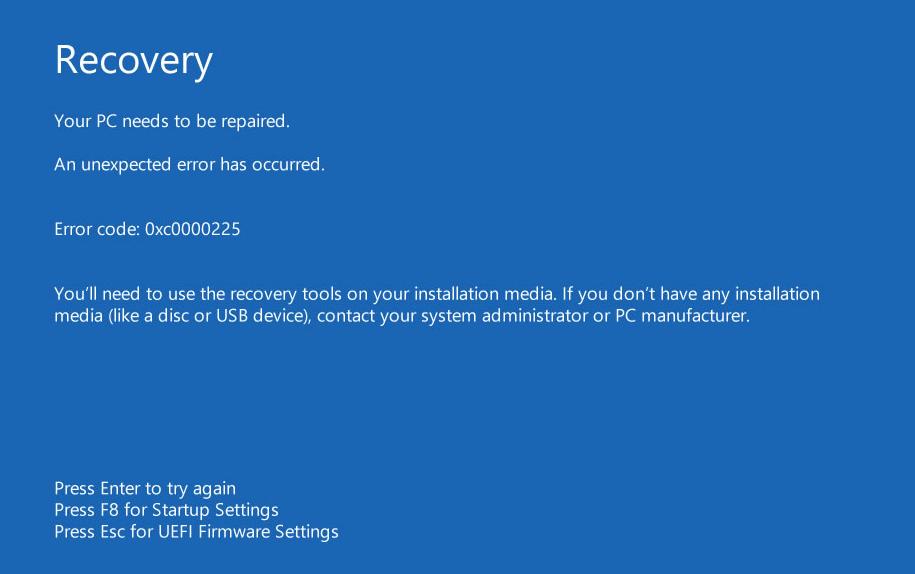
SSD Drive Becomes Read-Only
If your SSD suddenly becomes "read-only," it's a rare but sure sign that it's about to break down. Although your SSD will still work in read-only mode, you won't be able to write any data to disk. However, you can still recover your data by copying it to another drive. Connect your failing SSD to another computer as an external or secondary hard drive, making sure not to boot the operating system from the SSD.
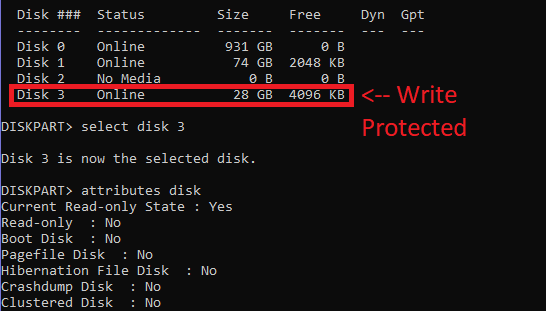
Use backup software - addition to transferring your data to a new drive, you should also back up your data regularly. You can use backup software to create a copy of your data on another drive or in the cloud.
While SSDs are generally reliable, they can still fail and potentially lead to data loss. If you experience any warning signs of an impending SSD failure, such as bad blocks or a read-only drive, it's important to act quickly and back up your data before it's too late. If you do suffer from data loss due to an SSD failure, there are data recovery services available that may be able to help you recover your lost data. However, SSD data recovery services can be costly and may not always be successful, so it's always better to have a backup of your important data to avoid the stress and expense of data recovery.
How to Extend the SSD Life
If your SSD is on the verge of failure or you've owned it for over five years, start shopping for a replacement. Meanwhile, you can do a few things to extend its lifespan:
- Avoid extreme temperatures that can affect the drive.
- Ensure good cooling in your PC.
- Avoid power interruptions by using a UPS.
- Keep at least 10% of your SSD's storage space free to prevent slow performance.
There are other things to consider:
- Trim your SSD regularly: TRIM is a command that helps your operating system to inform your SSD which data blocks are no longer in use and can be erased. By running TRIM, you can maintain the performance of your SSD and extend its lifespan. You can enable TRIM on your SSD by following the instructions provided by the manufacturer or using third-party software.
- Use disk encryption: SSDs come with hardware encryption capabilities, which can protect your data in case of theft or loss. By encrypting your SSD, you can prevent unauthorized access to your files and folders.
- Check for firmware updates: Manufacturers release firmware updates for their SSDs to improve their performance and fix bugs. You should regularly check for firmware updates and install them if available.

In summary, SSDs offer faster performance and greater durability than traditional hard drives. By following these tips, you can maintain the performance and lifespan of your SSD and ensure that your data remains safe and secure. If your SSD is showing signs of wear and tear, such as slow performance or frequent crashes, it may be time to replace it, or your SSD more likely to fail and cause data loss. Then you’ll need to contact a professional data recovery services provider to get your irreplaceable photos, videos, and other documents back. ACE Data Recovery supports more brands and models of SSD storage than any of their competitors and has one of the highest success rates in the industry – 98%. With the most advanced recovery capabilities, ACE Data Recovery will welcome the opportunity to help the SSD owners with their data recovery needs.
